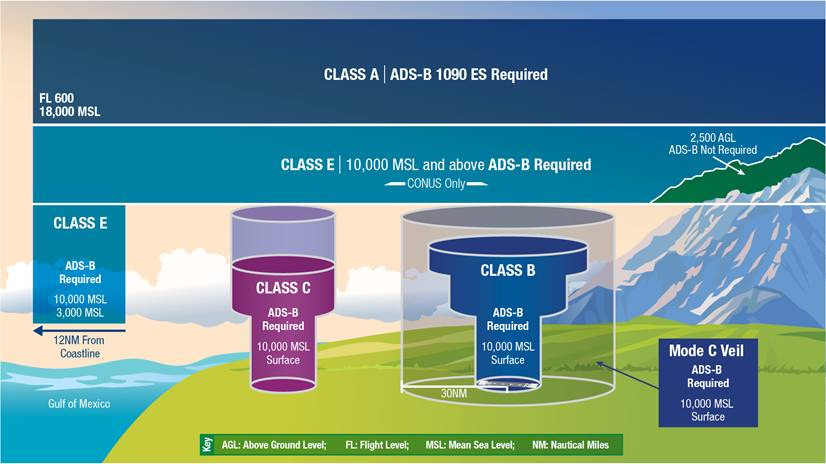The UAS Integration Office (AUS) is responsible for leading FAA's efforts to safely integrate unmanned aircraft systems (UAS) into the U.S. National Airspace System (NAS). AUS serves as the FAA's focal point for all matters related to civil and public use of drones in U.S. airspace. AUS is organized into four divisions that collaborate to champion drone integration initiatives (i.e., internal/external communication, budget and personnel management, international partnerships, research strategic planning, technical standards, operational pilot programs, and partnerships for safety, etc.) by engaging internal FAA and external stakeholders (i.e., industry, U.S. government agencies, international civil aviation authorities).
The AUS Front Office is the hub that connects the four AUS Divisions and supports outward facing opportunities of the AUS organization.
The Enterprise Services Division (AUS-100) is responsible for obtaining and preserving the financial and human capital resources required to accomplish the office mission. The division ensures AUS staff have safe and productive work environments through logistics planning and Continuity of Operations Planning. Additionally, the division executes the strategic planning function for AUS as well as more tactical performance management through internal dashboards and Congressionally mandated milestone tracking.
The International Division (AUS-200) provides targeted leadership to enable the safe and efficient use and integration of UAS globally and sets the strategic direction for UAS international activities. This office helps develop, align, and progress the FAA's global UAS-related activities, including regulatory and policy harmonization, through extensive engagement and outreach with its colleagues and partners – not only across the FAA and broader U.S. Government, but also with its global Civil Aviation Authority and Air Navigation Service Provider counterparts, among others, on a bilateral, regional, and global basis.
The UAS Research, Engineering, & Analysis Division (AUS-300) is responsible for developing the FAA's plans and strategic framework for applied UAS research that is needed to inform FAA's UAS Integration policy, rulemaking and implementation. This office collaborates across the FAA and with other federal, industry, academic, and international partners to identify research gaps, develop research requirements, and provide technical expertise and oversight of projects necessary to support the safe integration of UAS into the NAS.
The Safety and Integration Division (AUS-400) serves as the initial point of contact for individuals seeking information about operational requirements, UAS registration, and potential partnerships. This office collaborates across the FAA and closely with industry to find solutions to operational and technical challenges in order to advance UAS operations and integration efforts. AUS-400 aids standards development, providing engineering support and management for UAS integration projects intended to advance the safe use of UAS technology. AUS-400 also serves as a regulatory and policy liaison, and runs the UAS Support Center that responds to inquiries near-real-time with personalized service to help people fly safely. Additionally, this office manages the presidentially mandated UAS Integration Pilot Program (IPP), designed to facilitate complex UAS activities, collect data on societal and community considerations, and inform FAA policy and decision making.
AUS-400 also coordinates enterprise-wide outreach and engagement efforts such as the FAA UAS Symposium, Drone Safety Day, and drone related content on faa.gov. This office helps tell the story of drone integration and innovation as it pertains to both FAA accomplishments and stakeholder impacts.
Mailing Address:
Federal Aviation Administration
UAS Integration Office950 L'Enfant Plaza SW,
Suite 500
Washington, D.C. 20024For more information, contact the UAS Support Center.


